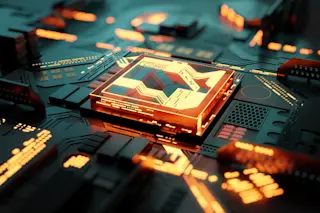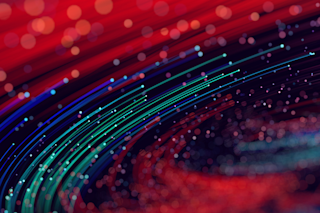In a neat marriage of science and art, researchers used x-rays from a particle accelerator to reveal an early portrait of a woman by Vincent Van Gogh, which the impoverished artist later painted over with a meadow scene. The hidden image
bears a striking resemblance to a series of somber portraits the artist produced in the Dutch town of Nuenen, where he composed "The Potato Eaters," completed in 1885 and regarded as his first major work [Los Angeles Times].
An earlier analysis using conventional x-rays had shown the rough shape of a head hidden beneath the surface of a painting called "Patch of Grass," but provided no details. To get a clearer image, the researchers used high-intensity x-rays from a particle accelerator in Hamburg, Germany to compile a two-dimensional map of the metallic atoms on the painting beneath "Patch of Grass."... Knowing that mercury atoms were part of a red ...














